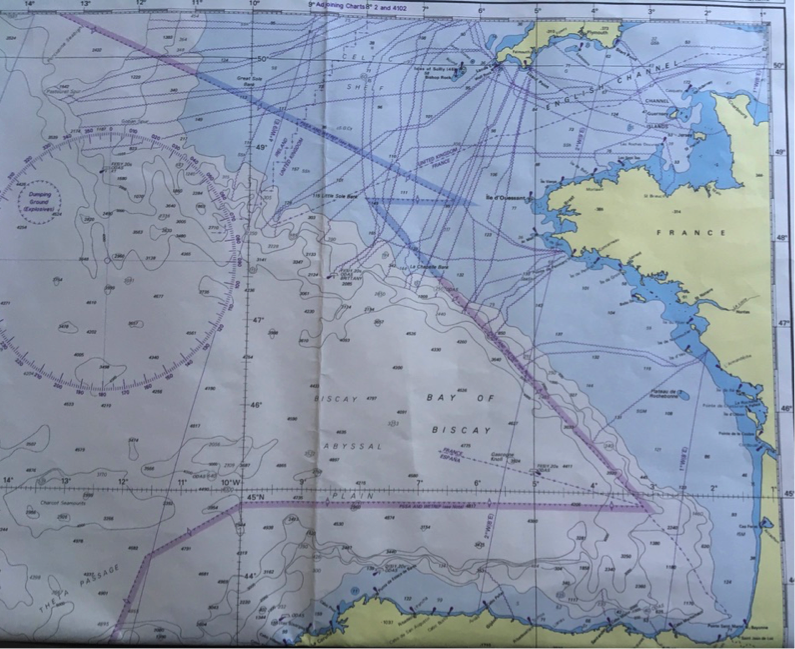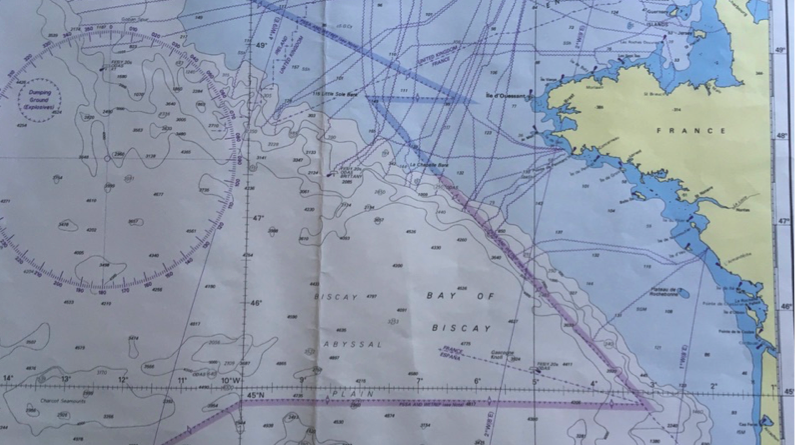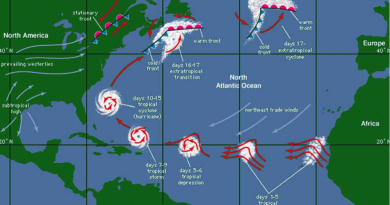RYA-tips #26 – Wave prediction at the break of the shelf
Zeilen is een combinatie van wetenschap en kunst. En voor wie daar meer over wilt weten schrijft Albert De Nijs, instructeur bij de De Zeezeilers van Marken wekelijks een rubriek met tips&trics van de Royal Yachting Association.

When crossing the Bay of Biscay in any weather, you normally notice when the depth changes from 4000m in the ocean to the continental shelf of 200m. At the break of the shelf, waves tend to be steeper, higher and sometimes even breaking (see also DOSA article 8 about shoaling).
Looking at wave predictions, I expected to find a band of higher forecasted significant wave heights at the edge of the shelf. But both ECMWF and GFS model output did not show an area with higher waves.
When asked, ECMWF responded that these fine scale phenomena are not represented in their Wave Analysis Model, but are only accounted for in the mean.
In my understanding the sea state at the break of the shelf was caused by the sudden shoaling, but according to ECMWF the depth of 200m at the shelf shouldn’t cause waves to break. They attribute the sea state at the break of the shelf to a strong running surface current, causing wave-current interactions.
The models do not account for the impact of ocean currents on the wave propagation, which means basically that this phenomenon is not covered by wave models.
So, although the wave predictions might indicate an even distribution of wave heights along the break of the shelf, this is not what happens over there in reality. Better to avoid this area in strong onshore winds!
Albert de Nijs, Dutch Offshore Sailing Academy




